1
HOME > Tips & Advice >
WHY YOU SHOULD WEAR ALPACA WOOL CLOTHING
WARM, DURABLE AND SILKY SOFT NATURAL FIBRE SPUN FROM THE FLEECE OF ALPACAS NATIVE TO PERU
Written by Menswear Style in Tips & Advice on the 7th October 2021
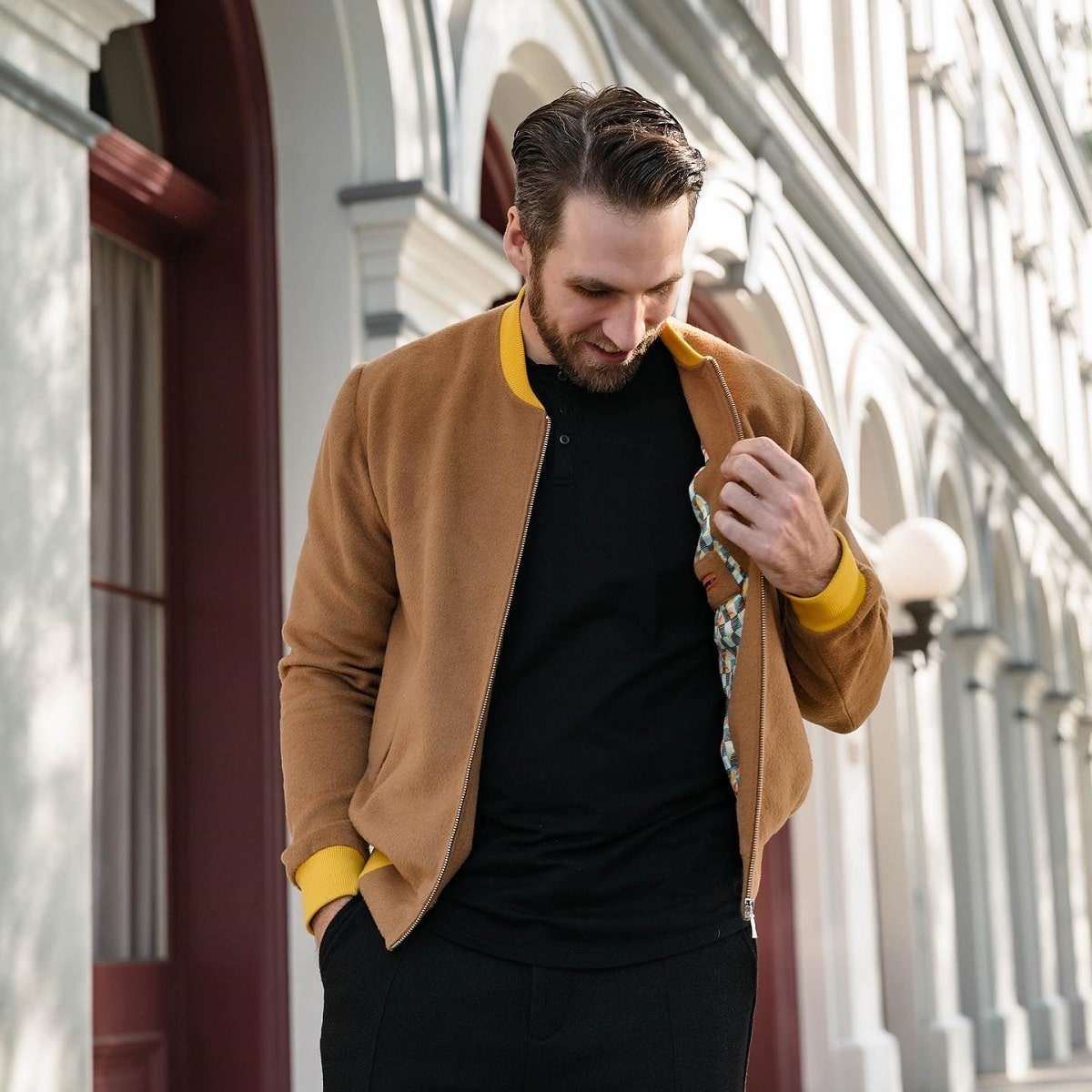
Alpaca wool garms are increasingly popping up in international fashion collections. Wondering what makes this wool so special and why it’s different from other wools? Simply put, it just feels really good to wear. It’s a warm, durable and silky soft natural fibre spun from the fleece of alpacas native to Peru. It was first worn by the Ancient Incas and was highly sought after by royalty and nobility alike. It also has some unique characteristics that make it a more appealing choice over other natural fibres out there. Here are some reasons why you should incorporate alpaca wool clothing into your wardrobe this autumn.
1. Soft like cashmere
You may have to feel it to believe it but alpaca wool is incredibly soft to the touch. It comes in grades of fineness and the finer stuff is comparable to cashmere and mohair wool, yet it remains a much rarer, less exploited natural fibre. Baby alpaca and Suri alpaca are amongst the finest options (with Suri being the most expensive). Baby alpaca wool comes from the familiar Huacaya alpaca with the fluffy, curly fleece.
It feels beautifully soft and possesses a luxe looking texture (disclaimer: no baby alpacas were harmed in the process. The name ‘baby’ is merely a classification of the fleece, meaning that it is exceptionally fine). Suri alpaca is a rarer species with longer, straighter hair. Their fibre, which has fewer scales, possesses an even more silky feel and reflects the light beautifully, giving the wool a luxuriant sheen.
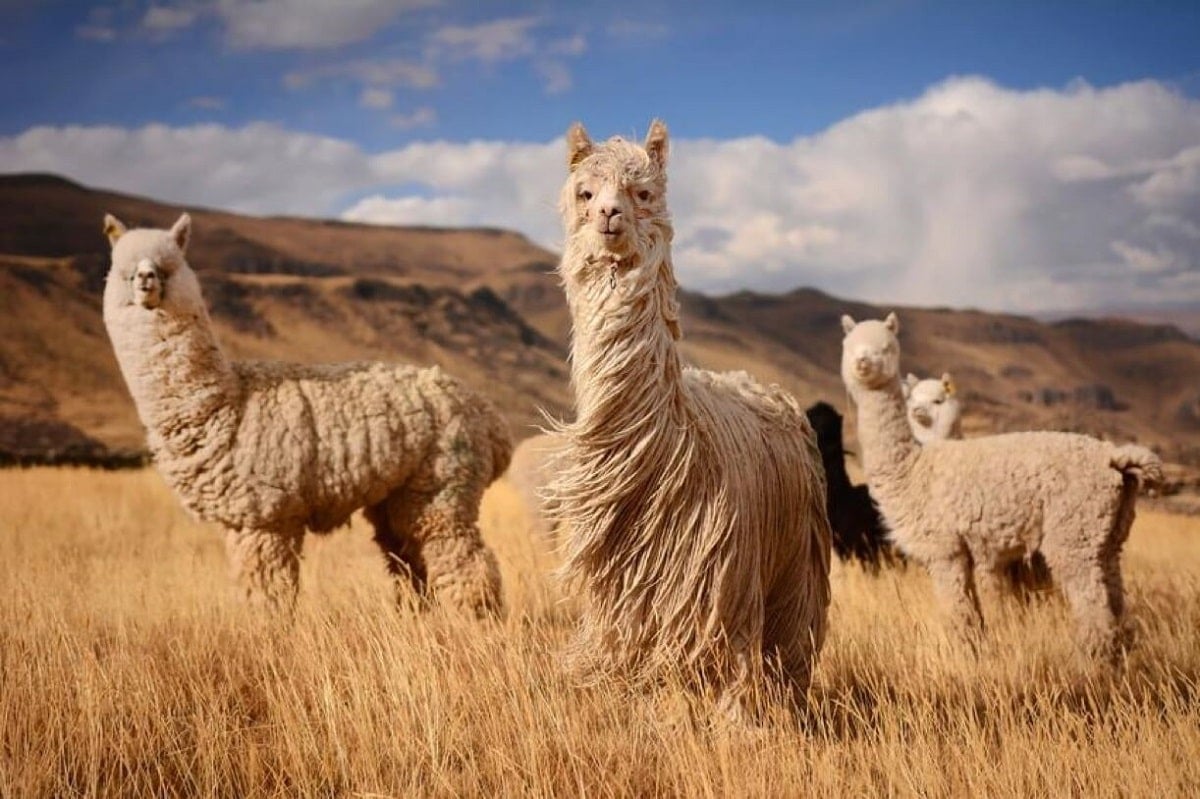
2. Lightweight yet durable
To wear, alpaca wool feels beautifully lightweight. Despite its delicate feel, alpaca wool is more durable than cashmere and mohair and will stand the test of time. It can handle some light rain and will wipe clean. It’s also lightly waterproof since the fleece doesn’t absorb moisture the way other wools do. Alpaca wool clothing is also surprisingly wrinkle resistant and any wrinkles will generally fall out naturally when left to hang. And, unlike other premium wools, it doesn’t pill and form those troublesome balls of fuzz.
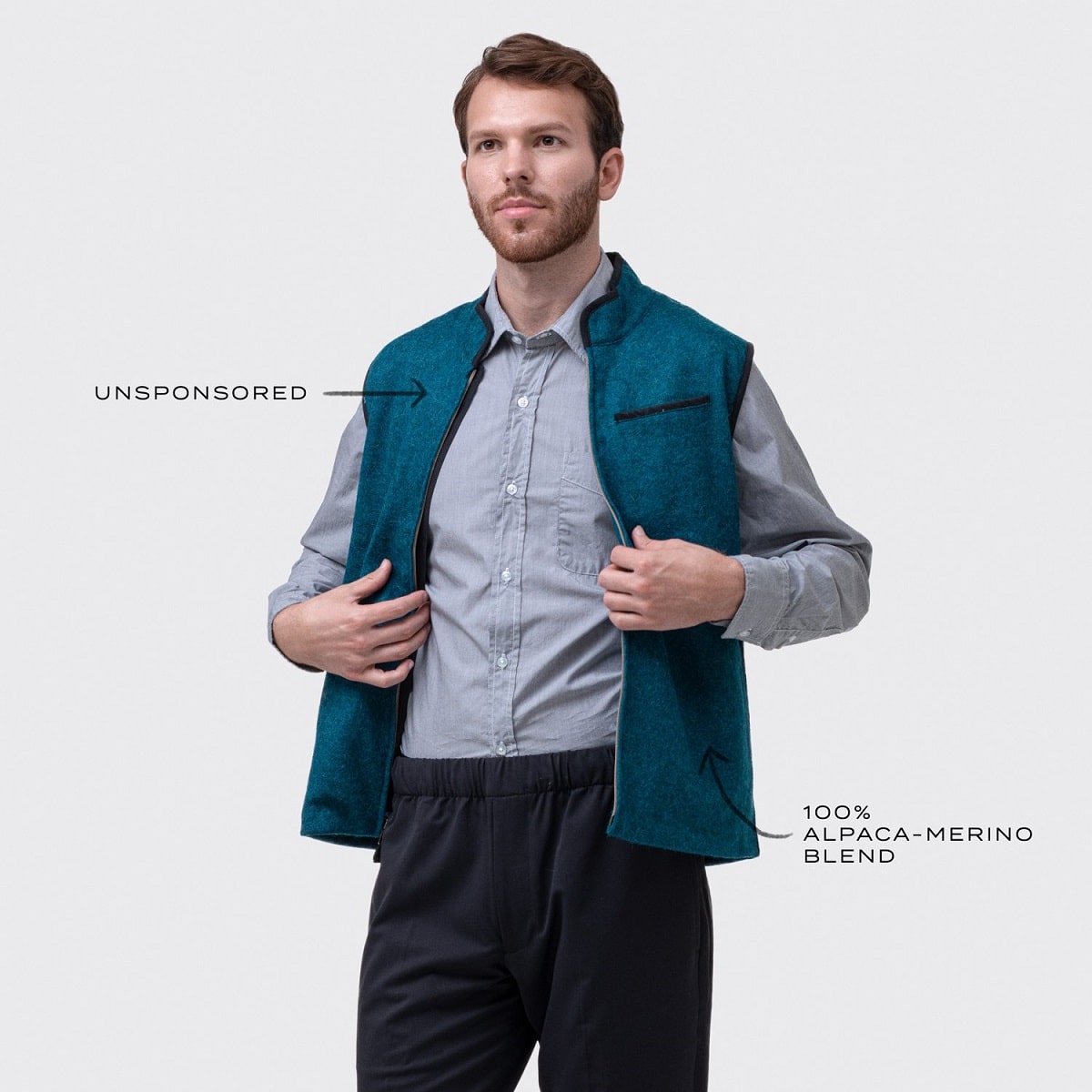
3. Unique thermal properties
Compared to other wools, alpaca wool is warmer and more insulating. This is because the alpacas’ fleece has evolved to deal with the extreme cold and heat in the Peruvian Andes, their native home. The fleece acts as a thermal regulator with microscopic pockets that trap the air that will either stay warm thanks to the animal’s body heat providing a natural barrier against the cold, or insulate against the heat of the sun. The same conditions apply to wearers of alpaca wool. It will keep you warm in the cold and cool in warmer conditions, making an alpaca wool jacket or jumper perfect for the autumn and winter seasons as well as transitioning into spring.
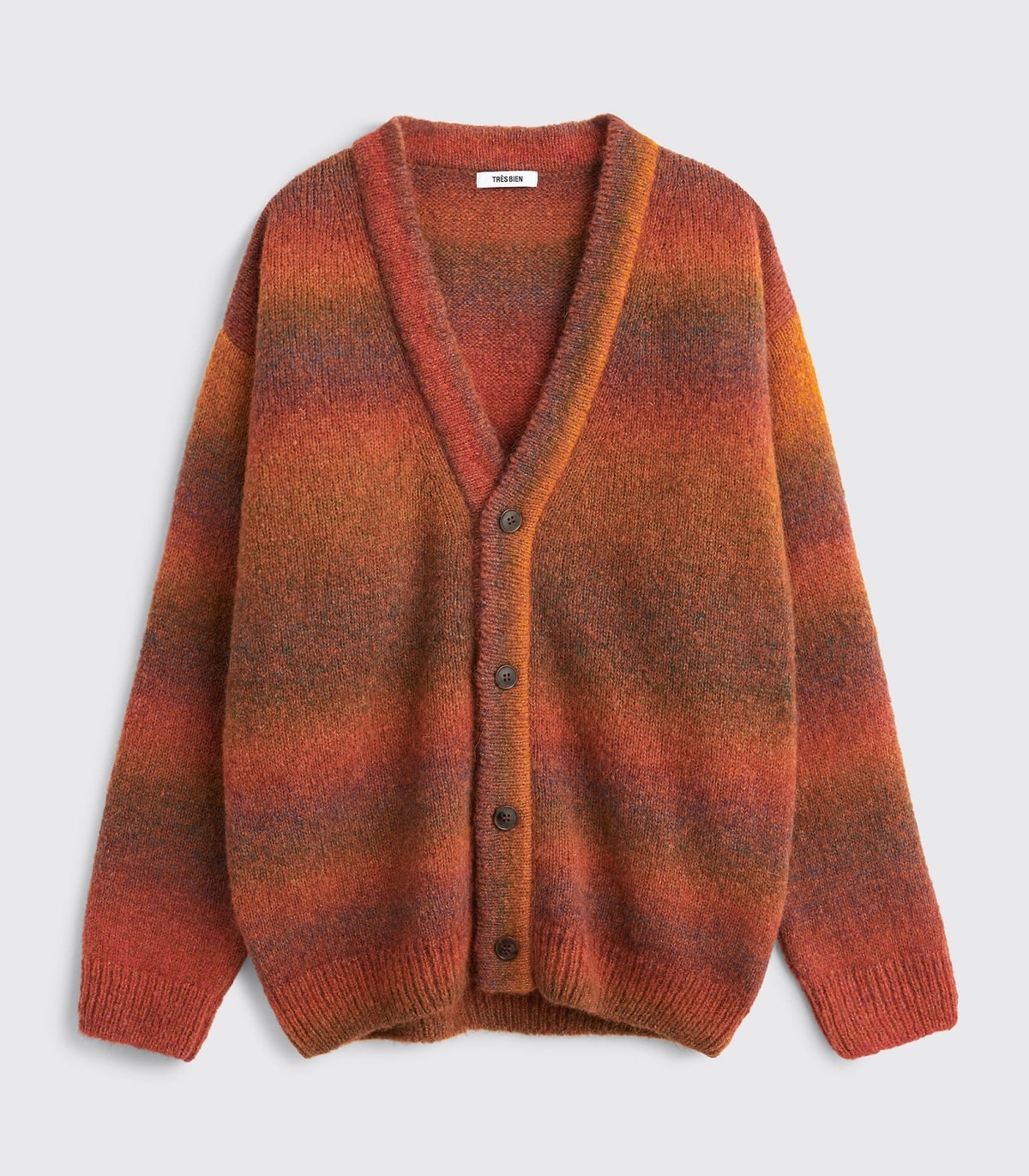
4. Kind to your skin
If you’re choosing between natural fibres and synthetic fibres, wearing a natural fibre such as alpaca wool is undoubtedly more comfortable, breathable and kind to your skin than wearing anything made from synthetic fibres, such as polyester, nylon or acrylic, which can be uncomfortable and irritate your skin. True, alpaca wool has a higher price point than anything synthetic but it’s worth the investment and your skin will thank you for it. Alpaca wool is also naturally flame resistant, whereas synthetics are often chemically treated with flame retardant chemicals.

5. Eco-friendly, sustainable and biodegradable
Alpacas aren’t wild animals. They’ve long been domesticated creatures and highly regarded in Peru as national treasures. They are commonly cared for in co-operative farms and the fleece provides a sustainable source of income for local Peruvian farmers. On a typical day, they are left to roam freely on the plains but unlike other farmed animals, they don’t graze the land dry of nutrients and only eat the tender shoots of the grass and plants, which allows them to regrow. It’s no secret that fashion is currently one of the world’s biggest pollutants and waste garments and fabric dominate the world’s landfills.
Fortunately, the production of alpaca wool is much kinder to the environment than other materials. Since alpaca fleece doesn’t contain grease, lanolin or any chemicals, it is usually cleaned with gentle, chemical-free soaps before being spun into wool. Since alpaca wool is so durable, any alpaca wool garments should remain in your wardrobe for years to come but when the time comes to part with them, the fact they’re made from 100% natural fibres means they’re biodegradable.
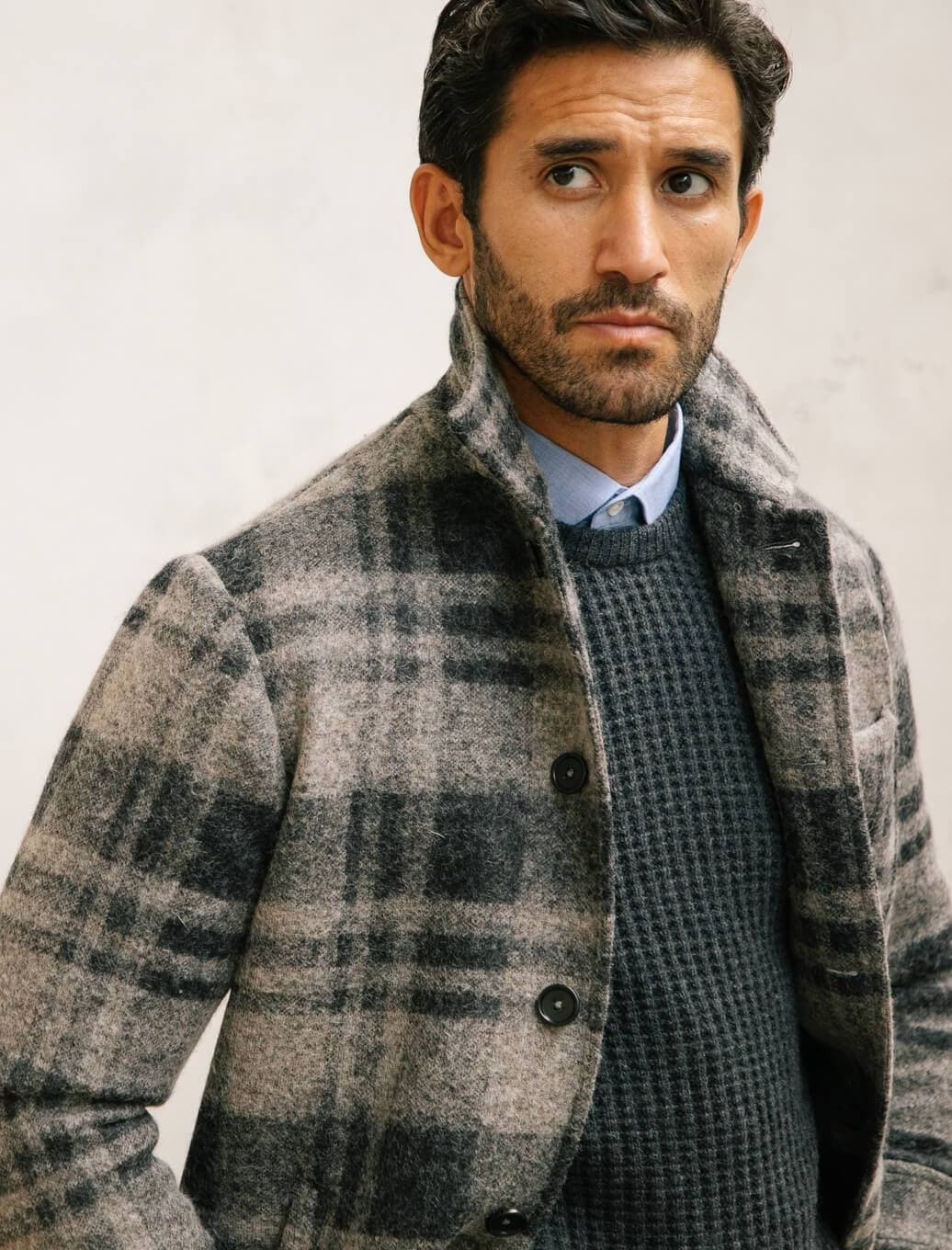
6. Cruelty free process
Alpacas are only shorn once a year, allowing them to comfortably regrow their fleece, and they’re never maimed or physically harmed in the process. It’s also beneficial to their wellbeing as unshorn alpacas are more prone to skin problems, particularly in the extreme heat.

Brands to know
Ziggy Lloyd offers contemporary alpaca wool jackets and coats for the modern man made from premium alpaca wool sustainably and ethically sourced in Peru. Their timeless collection features bombers jackets, biker style jackets and overcoats. Every detail tells a story, from the luscious alpaca wool fabric to the handmade buttons that come from the tagua nut indigenous to Ecuador, to the original, limited edition lining artwork designed by collaborating artists that features inside the coat. All the coats and jackets are made in small batches in Portugal.
Ritter offers a line of classic baby alpaca wool jumpers, modern day vests and socks for men in a palette of stylish colours, all made in limited quantities from sustainably sourced alpaca fleece in Peru.
Mason & Sons: This iconic British brand are pioneers of the teddy bear coat and their extremely cosy looking version is crafted from premium alpaca fur. They also make a smart looking peacoat in alpaca wool, too.
Theodore Herald: This Peruvian knitwear brand uses Royal Alpaca that represents just 2% of all alpaca and is obtained from specific parts of the alpaca fleece. It also tends to be obtained from the youngest and least sheared alpaca, too. An interesting fact is that Peru, as a country, has the ambition to become the most sustainable textile supplier in the world.
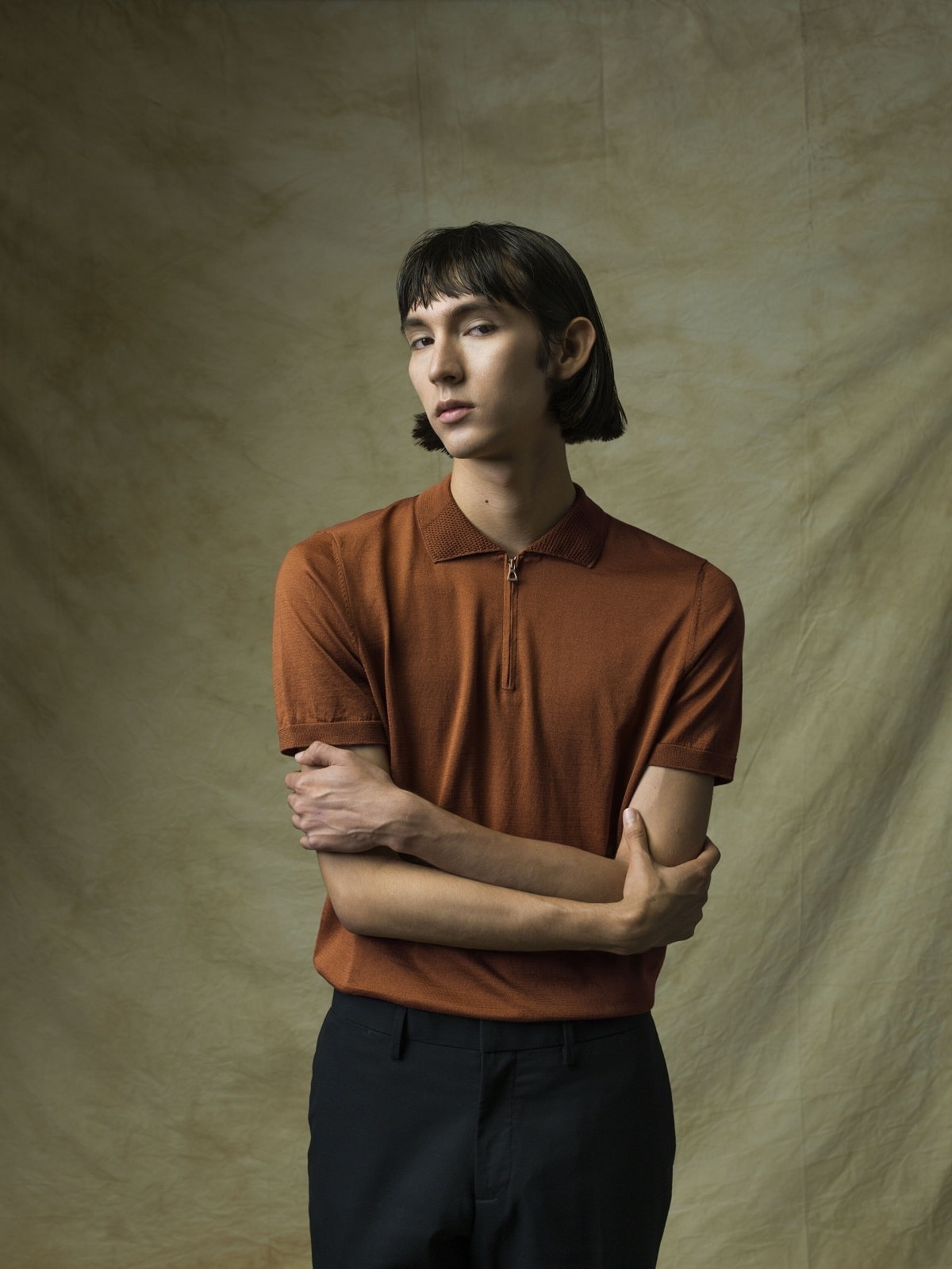
Trending
2
3
4
5
6
7
8
9
10









